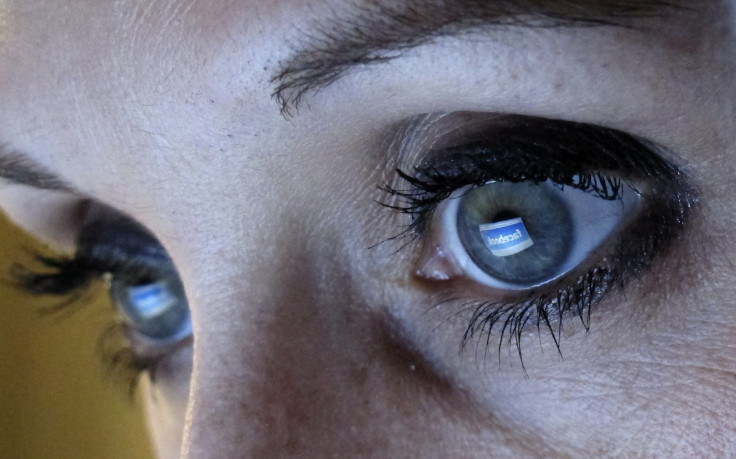Hundreds of parasites found on woman's eyelashes after she used unwashed pillowcase for 5 years
The Chinese woman, identified only as Ms Xu, told doctors in the central Chinese province of Hubei that her problem started two years back.

In a shocking incident, doctors in China found more than 100 parasites living on a woman's eyelashes after the 62-year-old went to the hospital for the treatment of her red and itchy eyes.
The Chinese woman, identified only as Ms Xu, told doctors in Wuhan in the central province of Hubei that her problem started two years back, which she initially ignored but later got used to it. The woman said when her situation began to worsen she started taking over-the-counter eye drops.
However, recently she noticed an increase in eye discharge and began having difficulty with opening and closing her eyes. It was then she decided to seek medical experts' help.
During the medical examination, it was found that a number of parasites were living on her eyelids. Around ten mites were found on a single follicle, according to local media reports.
When probed about the personal hygiene, the elderly woman said that she was using the same unwashed pillowcase since 2012.
Xu was diagnosed with blepharitis and conjunctivitis, inflammation of the base of the eyelashes and of the eye, the Daily Mail reported. Her condition has been cured after treatment.
Doctors believed that a combination of not washing her pillowcase for five years, and a lack of airflow in the bedroom had led to this condition.
According to reports, there are two species of mites found on the human body, Demodex folliculorum and Demodex brevis. These species are most active when people are asleep.
Norman Herskovich, an optometrist in Fort Lauderdale, Florida, was quoted as saying by CBS News in 2016 that the mites "try to avoid light, so what ends up happening, as awkward as this sounds, when we go to bed at night they come out and they mate, and they will actually reproduce. They have a two- to three-week cycle and will eventually die, but their offspring will continue the process".
Herskovich said mites generally don't create any problem, but having too many can cause irritation or inflammation of the eye area.





















